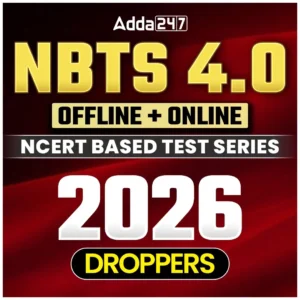The NEET 2026 exam will be testing student’s understanding and knowledge of various important topics from the Physics, Biology and Chemistry subjects. All the students who are to take part in this exam must start preparing for the final exam using the latest and updated NEET Syllabus 2026 available at the official website of NTA.
In this article, we have shared the NEET Notes for the d -and f -Block Elements chapter from the NEET Chemistry Syllabus 2026 so that all the aspirants of the exam can study and prepare for the chapter using it. Scroll down in the article and check some important questions from the chapter to complete your preparations.
d -and f -Block Elements
General Characteristics of d-Block Elements
- Variable oxidation states – Due to the participation of (n−1)d and ns electrons in bonding.
Example: Fe²⁺ and Fe³⁺, Mn²⁺ to Mn⁷⁺. - Formation of colored ions – Due to d–d electronic transitions.
Example: [Ti(H₂O)₆]³⁺ is purple. - Magnetic properties – Arise from unpaired d-electrons; measured as paramagnetism.
- Catalytic activity – Many transition metals and their compounds act as catalysts.
Example: V₂O₅ in the Contact process, Fe in Haber’s process. - Complex formation – Transition metals form numerous coordination complexes due to small ionic size and high charge density.
- Formation of alloys – Transition metals readily form alloys with one another.
- High melting and boiling points – Strong metallic bonding due to delocalized d-electrons.
Important Transition Series
a) 3d Series (Sc to Zn)
- Elements: Sc, Ti, V, Cr, Mn, Fe, Co, Ni, Cu, Zn
- Exhibits variable oxidation states.
- Chromium and copper show irregular electronic configurations due to extra stability of half-filled and fully filled orbitals.
- Cr: [Ar] 3d⁵ 4s¹
- Cu: [Ar] 3d¹⁰ 4s¹
b) 4d and 5d Series
- Show similar properties but with greater stability in higher oxidation states.
- Example: Ru, Os (used in catalysts); Pt, Au are noble metals.
Electronic Configurations
- General configuration for d-block elements: (n−1)d¹⁻¹⁰ ns¹⁻²
- For f-block elements: (n−2)f¹⁻¹⁴ (n−1)d⁰⁻¹ ns²
f-Block Elements
a) Lanthanides (4f series)
- Atomic numbers 58 to 71 (Ce to Lu).
- Show predominant +3 oxidation state.
- Exhibit lanthanide contraction — steady decrease in atomic and ionic radii from La³⁺ to Lu³⁺ due to poor shielding by f-electrons.
- Known for forming colored compounds and paramagnetic behavior.
b) Actinides (5f series)
- Atomic numbers 90 to 103 (Th to Lr).
- Exhibit variable oxidation states (+3 to +6 common).
- Most are radioactive, with uranium and thorium being naturally occurring.
- Actinide contraction similar to lanthanide contraction.
Comparison between d- and f-Block Elements
|
Comparison between d- and f-Block Elements
|
||
| Property | d-Block Elements |
f-Block Elements
|
| Series | 3d, 4d, 5d, 6d |
4f (Lanthanides), 5f (Actinides)
|
| Oxidation States | Variable, mostly +2 to +7 |
Variable, mostly +3
|
| Magnetic Property | Due to unpaired d-electrons |
Due to unpaired f-electrons
|
| Color | Colored compounds common |
Many colored ions
|
| Nature | Transition elements |
Inner transition elements
|
| Radioactivity | Mostly non-radioactive |
Mostly radioactive (Actinides)
|
Important Compounds and Applications
- KMnO₄ (Potassium permanganate) – Strong oxidizing agent.
- K₂Cr₂O₇ (Potassium dichromate) – Used in volumetric analysis as an oxidizing agent.
- Fe, Co, Ni – Used in magnetic materials.
- Pt, Pd – Used as catalysts in hydrogenation reactions.
- U, Th – Used as nuclear fuels.
Importance of d- and f-Block Elements NEET Notes
Ahead, we have shared some of the pointers explaining the importance of d- and f- Block Elements. Check the benefits of starting to prepare accordingly:
- Questions from d- and f-block elements frequently appear in NEET exams, making it a scoring topic for aspirants who understand concepts like oxidation states and colored compounds.
- These notes build a strong base for studying coordination compounds, as many transition metals form complex ions and exhibit variable oxidation states.
- Studying d- and f-block elements helps students understand periodic trends such as atomic size, ionization energy, and electronic configurations across transition and inner transition series.
- Concepts learned here explain practical uses of metals like Fe, Ni, Pt, and Cr in catalysis, metallurgy, and electrochemistry, linking theory with everyday chemistry.
- Detailed study helps in understanding the reason behind the color and magnetism of compounds — a frequent NEET conceptual question area.
- Compounds like KMnO₄ and K₂Cr₂O₇, studied in this chapter, are key oxidizing agents used in titration-based NEET problems and laboratory chemistry.
- The notes simplify understanding of irregular configurations in elements like Cr and Cu, which are common trick questions in NEET exams.
- Well-prepared NEET notes provide structured revision and practice questions that help students quickly recall key points during the exam.
NEET Important Questions – d -and f -Block Elements
Question 1. Explain why Zn, Cd, and Hg are not considered transition metals.
Question 2. Calculate the magnetic moment of Mn²⁺ ion.
Question 3. What is the oxidation number of Cr in K₂Cr₂O₇?
Question 4. What is the general electronic configuration of d-block elements?
Question 5. Why is KMnO₄ a powerful oxidizing agent in acidic medium?
Question 6. What are the similarities and differences between lanthanides and actinides?
Question 7. What is the oxidation number of Mn in KMnO₄ and MnO₂?
Question 8. Why do heavy transition metals form more stable complexes than lighter ones?
Question 9. What happens to the atomic radius of lanthanides with increasing atomic number?
Question 10. What is meant by the term transition element?
Question 11. Why is the third ionization enthalpy of Mn exceptionally high?
Question 12. What are the common oxidation states of Mn, Fe, and Cr?
Question 13. Why does copper show both +1 and +2 oxidation states?
Question 14. Compare the magnetic properties of Fe³⁺ and Mn²⁺ ions.
Question 15. Why do transition metals show variable oxidation states?
Question 16. Why are transition metal complexes often colored?
Question 17. Why are actinides mostly radioactive in nature?
Question 18. What is the cause of paramagnetism in transition metal ions?
Question 19. Determine the spin-only magnetic moment for Ni²⁺ ion.
Question 20. Explain why Sc³⁺ and Zn²⁺ ions are colorless.
Question 21. Why is Ce⁴⁺ a strong oxidizing agent?
Question 22. Why is nickel used in hydrogenation reactions?
Question 23.Why are some transition metal complexes diamagnetic and others paramagnetic?
Question 24. Why are lanthanide ions mostly trivalent?
Question 25. Write the balanced redox reaction for the oxidation of Fe²⁺ by KMnO₄ in acidic medium.
Question 26. Determine the number of unpaired electrons in Fe³⁺ ion.
Question 27. Why do transition elements form alloys easily?
Question 28. Why does the stability of higher oxidation states increase down a group in transition metals?
Question 29. Why do the 4d and 5d series elements show similar properties?
Question 30. Explain the difference between lanthanide and actinide contraction.
Question 31. Find the number of unpaired electrons in V³⁺ and Ti³⁺ ions.
Question 32. Compare the oxidation states of Mn in MnO₄⁻, MnO₂, and Mn²⁺.
Question 33. Why is platinum used in catalytic converters?
Question 34. Why is Cr²⁺ a stronger reducing agent than Fe²⁺?
Question 35. Calculate the magnetic moment (in BM) for a Co²⁺ ion.
Question 36. Why does the atomic size decrease from Sc to Zn?
Question 37. What are interstitial compounds and why do transition metals form them?
Question 38. Which transition element has the highest melting point and why?
Question 39. Explain why uranium and thorium are used as nuclear fuels.
Question 40. Why does Cu²⁺ form colored salts but Zn²⁺ does not?
Question 41. How does lanthanide contraction affect the separation of lanthanides?
Question 42. Why are transition metals called d-block elements?
Question 43. Explain the catalytic activity of transition metals.
Question 44. What are the consequences of lanthanide contraction?
Question 42. Explain the role of Fe in the Haber’s process.
Question 43. Why do actinides exhibit more complex spectra compared to lanthanides?
Question 44. Explain why actinides show a greater range of oxidation states than lanthanides.
Question 45. Why are d-block elements good conductors of heat and electricity?
Question 46. Why do actinides show more complex magnetic behavior than lanthanides?
Question 47. Write the electronic configuration of Cr and Cu and explain the deviation from the expected configuration.
Question 48. Explain why transition metals often form complex ions with ligands like NH₃ and H₂O.
Question 49. What is the significance of d-d transitions in explaining the color of complexes?
Question 50. Why is gold (Au) chemically less reactive than other transition metals?

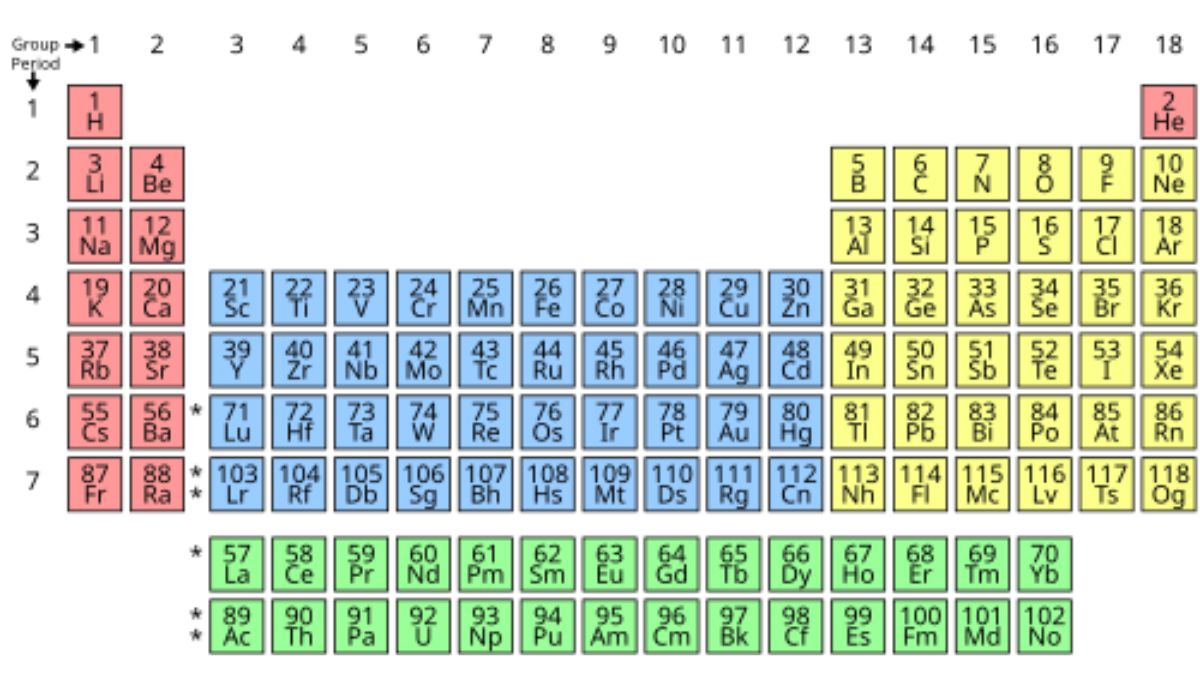




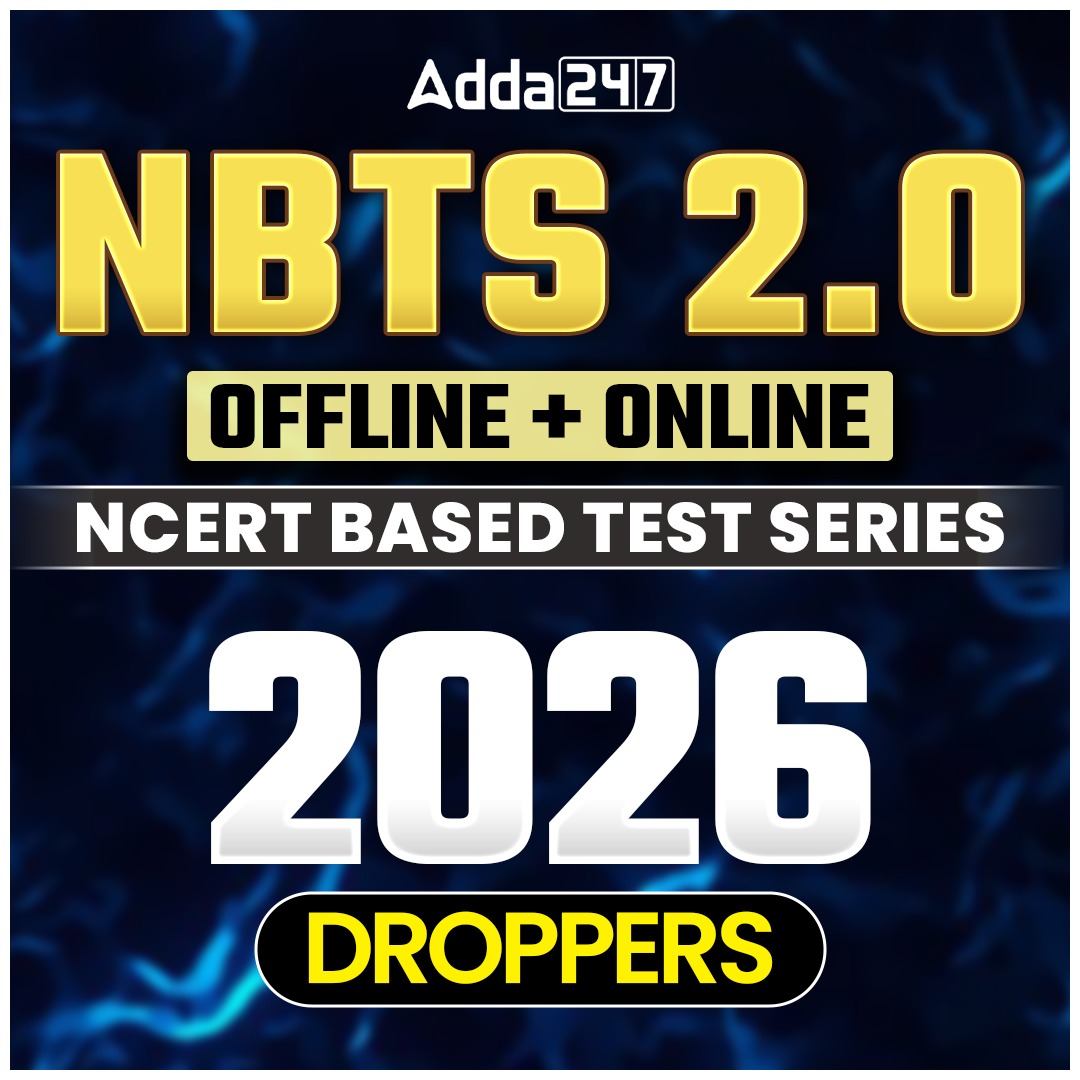

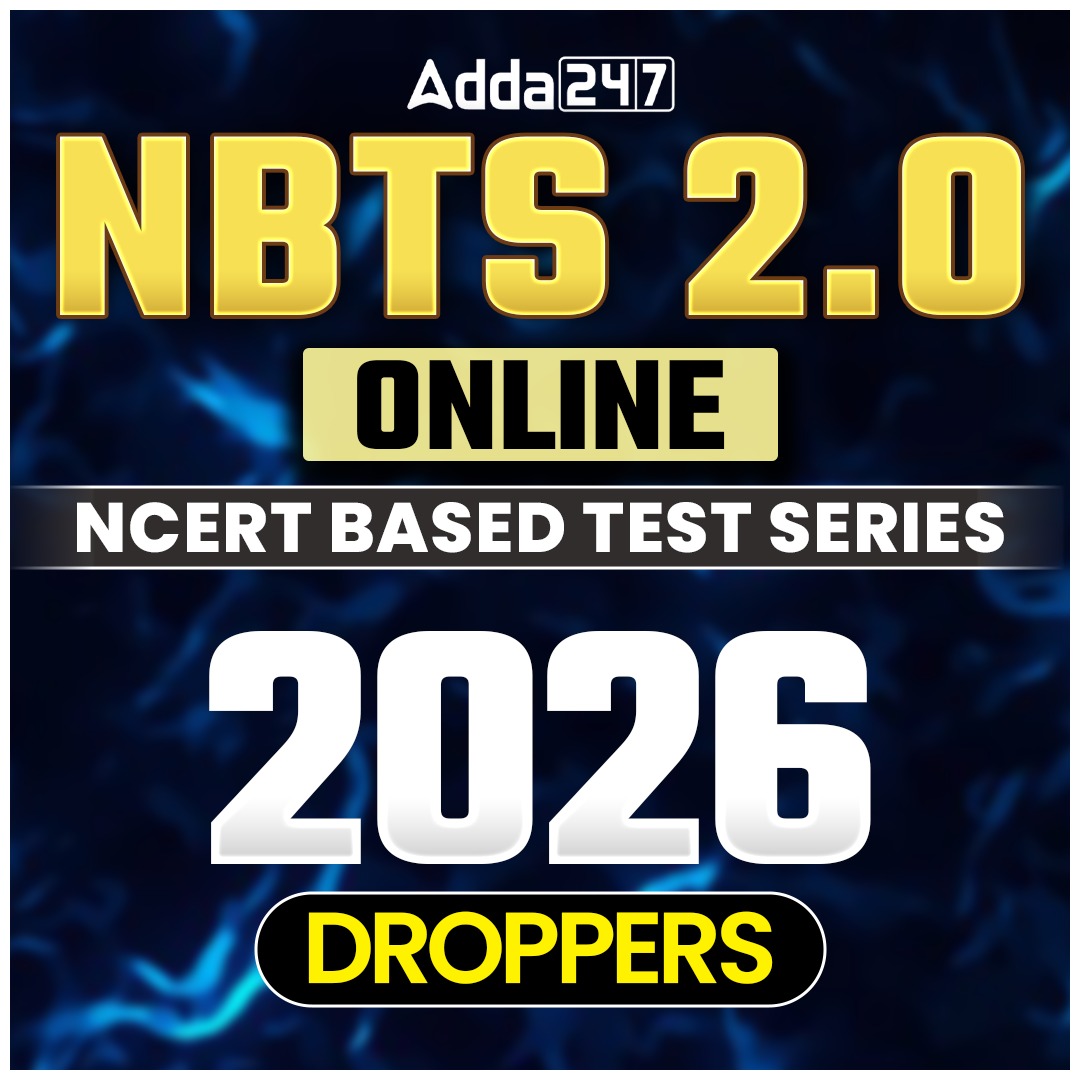
 NEET Preparation Strategy 2026: Detailed...
NEET Preparation Strategy 2026: Detailed...
 Free NEET Sample Papers 2026 PDF | Downl...
Free NEET Sample Papers 2026 PDF | Downl...
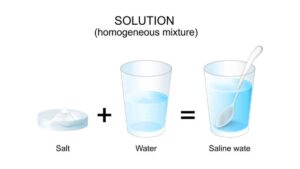 Salt Analysis NEET Notes, Check Importan...
Salt Analysis NEET Notes, Check Importan...


